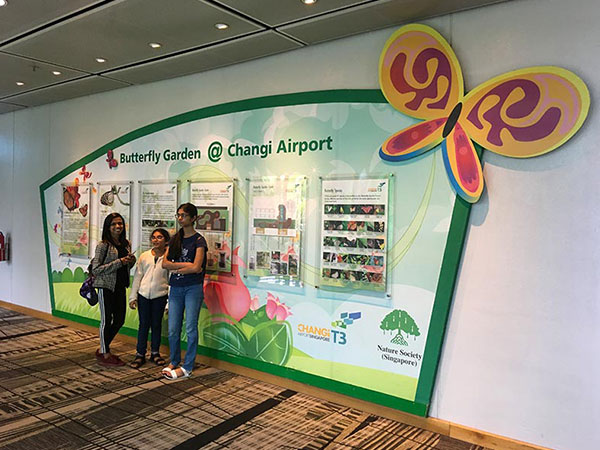Most Goans are bread eaters. The bakery culture has largely evolved from the time of the Portuguese rule, its introduction has been credited to the Portuguese Jesuit padris. Now the daily bread is a given for many families. Traditionally, the method of baking bread is hands-on and labour intensive involving the use palm toddy for fermentation and baked in huge wood-fired ovens. The bakeries in the South, still use this traditional way to bake and the local pao is available at the Margao market. Elsewhere some bakeries have shifted to use of yeast instead of the traditional toddy. If a visit to the local bakery is not possible, then the Mapusa market has a dedicated space for the poders and you will see the variety in bread all at one place. It is worth a visit.
Most villages still do have its own bakery and people pick up the bread directly from there ( the smell of freshly baked bread is quite alluring) as they are aware of the baking times for hot bread straight out from the oven. Otherwise, the baker or ‘poder’ from the Portuguese ‘padeiro’, brings the bread directly to the homes, on his cycle. The sight of the poder on his cycle is very typical sight and is often on souvenirs. The variety of bread includes generally the pão, poie, undo, Katre (katriancho), kankon(kankna) and godd polli. The shape, size, texture and taste of the bread goes typically with certain dishes.Some of the Goan street food like rasa omelette, and pork sausages, or wadas are served in a particular bread, the paos go with bhajis and curries, polli is assumed to be more healthy and is eaten at dinner time. Sadly, traditional bakeries are struggling with cost factors given the price rise in toddy, wood and lack of labour. Hopefully with enough exposure and patronisation (along with subsidies and incentives from the Government) , this part of Goan culture will sustain itself in the years to come.








